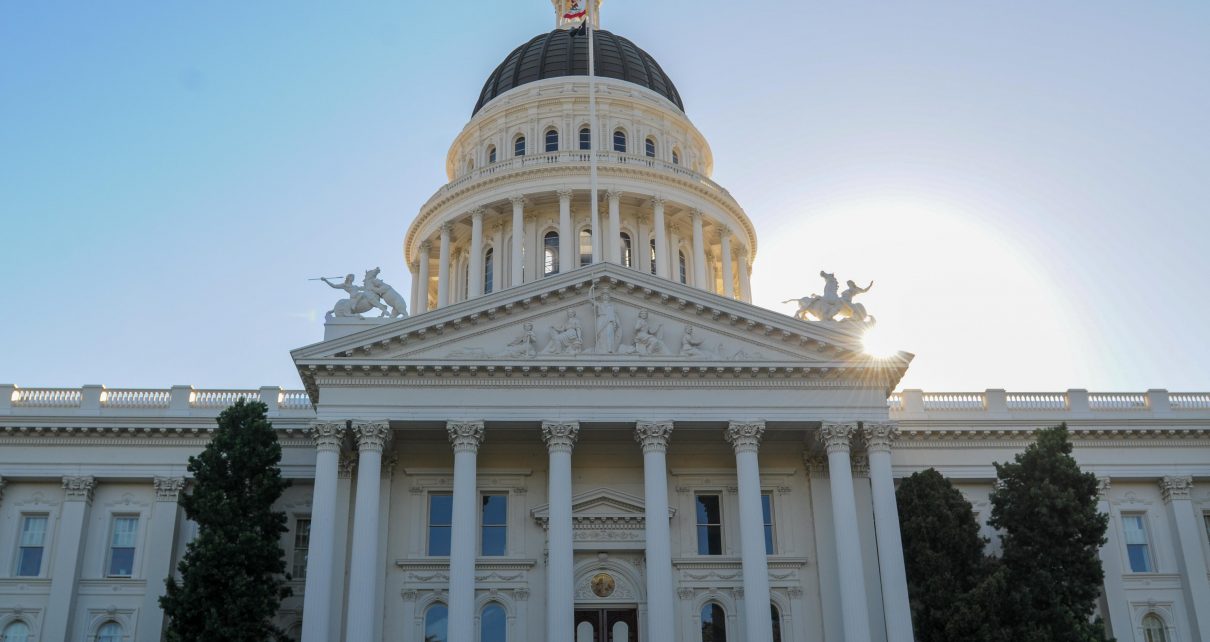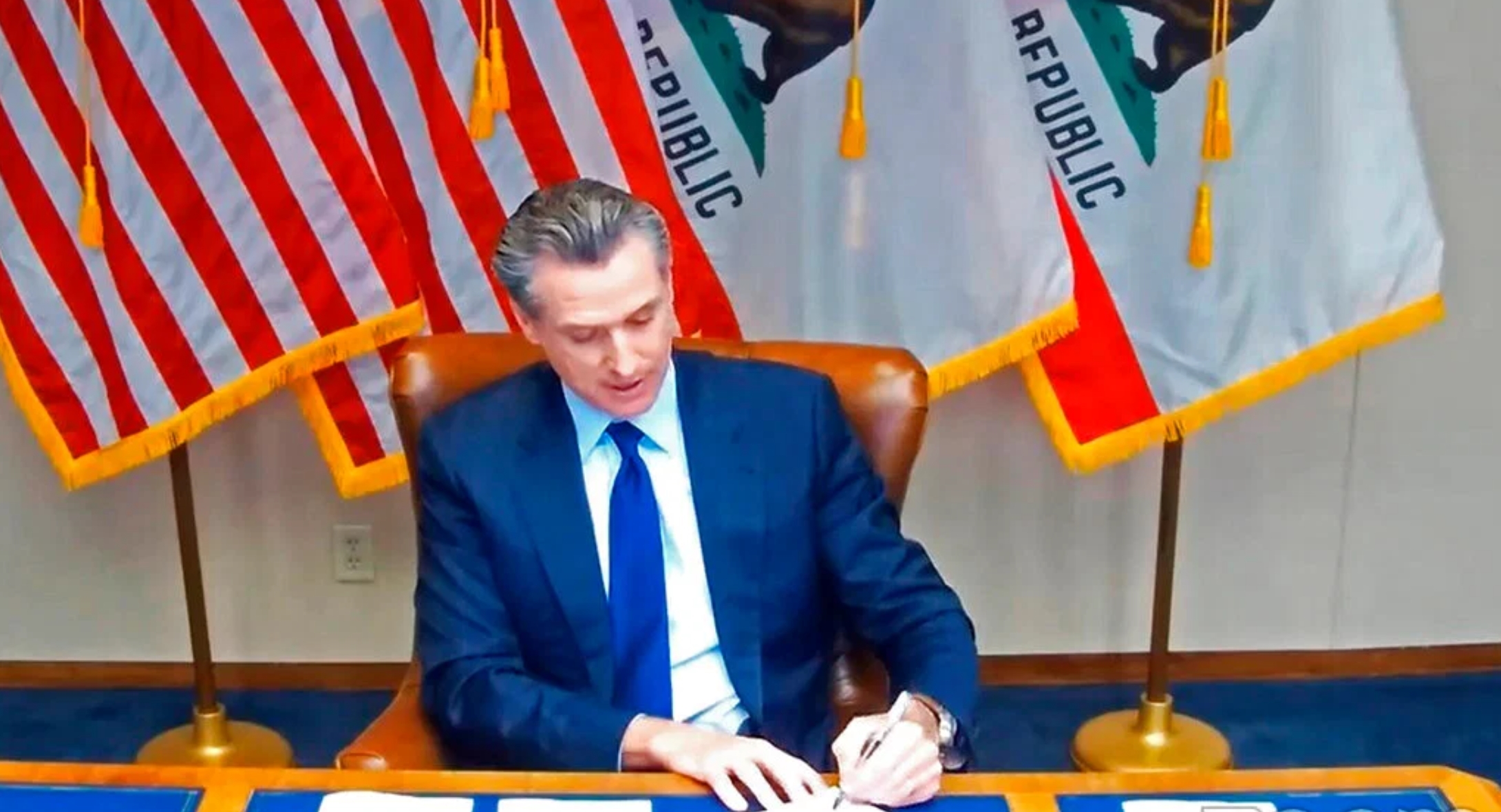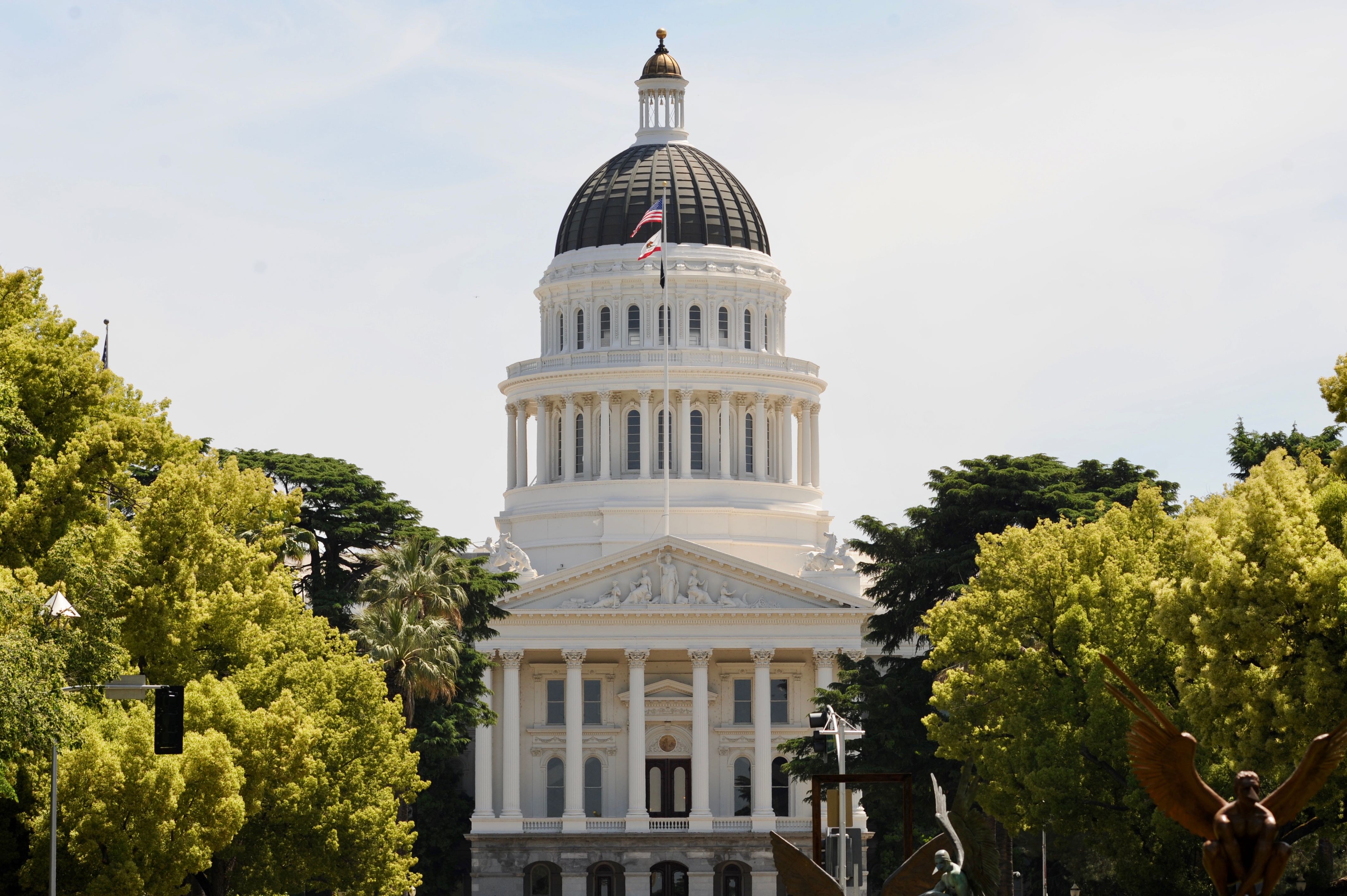
California State Capitol. (Photo: Kevin Sanders for California Globe)
Frequently Asked Questions About Governor’s Actions on Bills
Is there a set deadline for when the Governor has to conclude his bill actions?
By Chris Micheli, November 5, 2023 10:06 am
What are the three possible actions that the Governor can take on a bill sent to the Desk? They are (1) sign the bill into law; (2) veto the bill; or (3) allow the bill to become law without a signature (aka “pocket signature”).
For signing a bill, what does Article IV, Section 10(a) provide? “Each bill passed by the Legislature shall be presented to the Governor. It becomes a statute if it is signed by the Governor.”
How long does the Governor usually have to act on a bill? In general, the Governor has 12 days in which to act on a bill sent to the Desk by the Legislature, except at the end of the Legislative Session.
When does the 12-day period begin? It begins once the bill has been “presented” to the Governor, not the day that the bill passed the Senate or Assembly.
When does the 12-day “signing” period apply? It is applicable to all bills that are presented to the Governor twelve or more days prior to the date the Legislature adjourns for a joint recess in the first year of the two-year session, and on or before August 20th of the second year of the Session.
When does the 12-day period conclude? The 12-day period does not include Sundays. Therefore, if the 12 days conclude on a Sunday, the Governor has until Monday to sign or veto that bill.
Is there a set deadline for when the Governor has to conclude his bill actions? The applicable calendar date in the second year of the Session is set forth in Article IV, Section 10(b)(2), which specifies September 30 as the deadline.
Who assigns the bill’s chapter number? The Governor’s Office, in coordination with the Secretary of State, assigns the signed bill a number known as the “chapter number.”
How are the chapter numbers assigned? The bills are numbered consecutively in the order in which they are signed and processed by the Governor’s Office.
Does the chapter numbering apply for the entire 2-year Legislative Session? No, there is only one sequence of chapter numbers maintained for each year of the regular session of the Legislature. As a result, the numbers do not continue in the second year of the Session.
Are special session bills included in the regular session chaptering sequence? No, a separate set of chapter numbers is maintained for each special session.
For the veto of a bill, what does Article IV, Section 10(a) provide? “The Governor may veto it by returning it with any objections to the house of origin, which shall enter the objections in the journal and proceed to reconsider it. If each house then passes the bill by rollcall vote entered in the journal, two-thirds of the membership concurring, it becomes a statute.”
How long does the Legislature have to consider a gubernatorial veto? The Legislature has 60 calendar days, with days in joint recess excluded, to act upon the vetoed bill.
What happens if the Legislature does not act on the vetoed measure within those 60 days? If no action has been taken during this time, then the measure is removed from the file and the veto is effective.
What happens if the Legislature successfully overrides a Governor’s veto? Then the bill is authenticated as having become law by a certificate. The bill so authenticated is then delivered to the Governor, and by the Governor is deposited with the laws in the office of the Secretary of State, and then are given a chapter number in the same manner as bills approved by the Governor.
For the line-item veto of a bill, what does Article IV, Section 10(e) provide? “The Governor may reduce or eliminate one or more items of appropriation while approving other portions of a bill. The Governor shall append to the bill a statement of the items reduced or eliminated with the reasons for the action. The Governor shall transmit to the house originating the bill a copy of the statement and reasons. Items reduced or eliminated shall be separately reconsidered and may be passed over the Governor’s veto in the same manner as bills.”
Does the Governor have to eliminate the entire amount of the appropriation? No, the Governor may eliminate or reduce any or all of the appropriations in a bill.
Does the line-item veto result in the rest of the bill being vetoed as well? No, the other portions of the bill are approved.
For a bill to become law without the Governor’s signature, what does Article IV, Section 10(b)(3) provide? “Any other bill presented to the Governor that is not returned within 12 days becomes a statute.” Section 10(b)(1) provides the same result, but with the notation if the bill “is not returned within 30 days after that date becomes a statute.”
Is there an exception to the 30-day rule? Yes, only in the first year of the session, the one type of bill that is exempt from the 30-day rule is a bill that would establish or change boundaries of any legislative, congressional, or other election district.
- Frequently Asked Question about What Is Subject to Referendum - April 30, 2024
- Frequently Asked Questions about Voting on a Recall Petition - April 29, 2024
- Should Interpretive Guidance Be Included in California Legislation? - April 28, 2024




